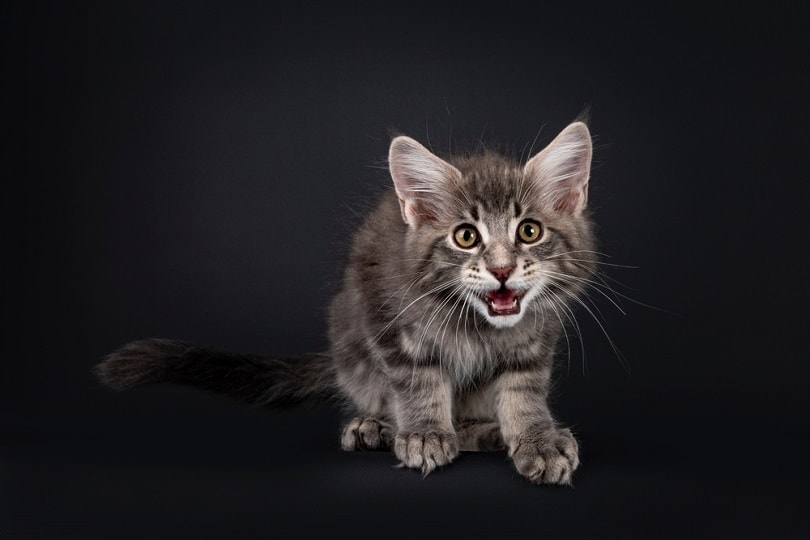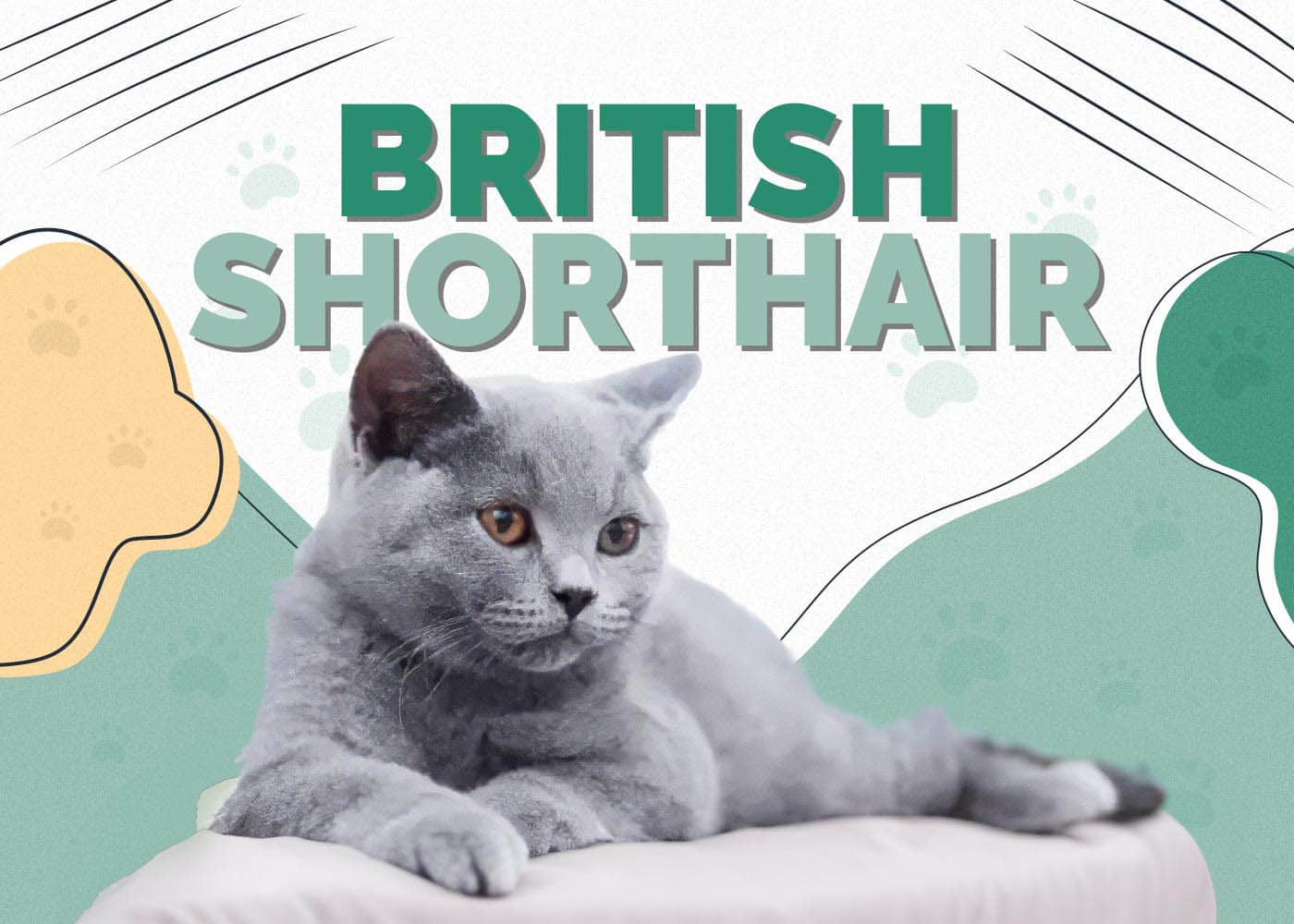My Cat’s Ears Are Cold: Vet Reviewed Causes & Warming Tips
Updated on
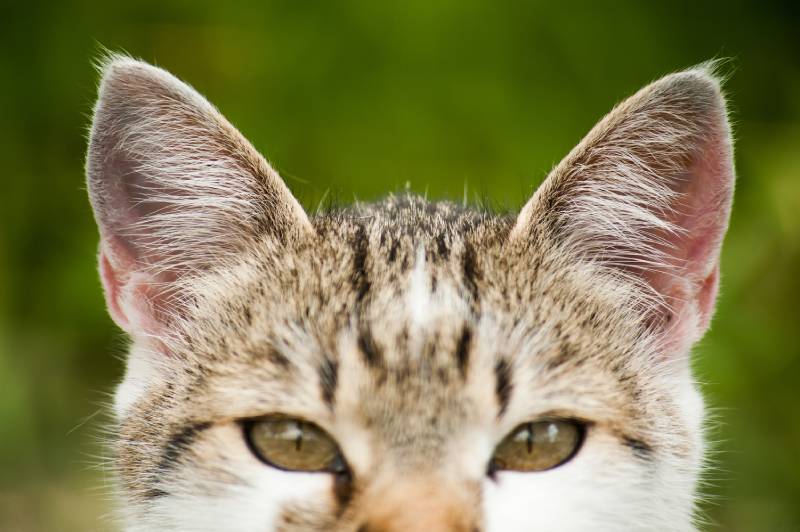
If your cat lets you touch their ears, you’ve probably noticed they’re usually warm. They may even feel hot to you since an average feline temperature is higher than ours, between 100℉ and 102.5℉.1 However, cold ears typically aren’t a red flag. Just like yours, your cat’s temperature will vary with the outside conditions. It’s a sign of the body working as it should. It is important to know how to take your cat’s temperature, which we will explain at the end of this article.
It’s helpful to understand something about the cat’s circulatory system so that you’ll know when something is wrong. Let’s begin with the common reasons their ears are cold and move toward the causes warranting a more serious look.
The 7 Reasons Your Cats Eats Are Cold
1. Blood Flow
The nervous system controls everything going on in a cat’s body, just like it does for humans. The autonomous nervous system is a specialized set of neurons (basic working cells of the brain) that controls and regulates the unconscious bodily functions without which life would not be possible, like heart contractions and digestion. It is divided into sympathetic and parasympathetic parts. The sympathetic nervous system controls active movements, like a feline using a scratching post or chasing another pet in the house. The parasympathetic nervous system takes care of maintenance functions like digestion. When your cat sleeps or rests, the brain directs the body’s resources toward these activities.
The result is more blood flow to the internal organs and less to the extremities the animal isn’t using. Therefore, if you stroke your pet’s ears after they first wake up, they may feel cool to you. They’ll warm up as soon as your cat gets moving, though.
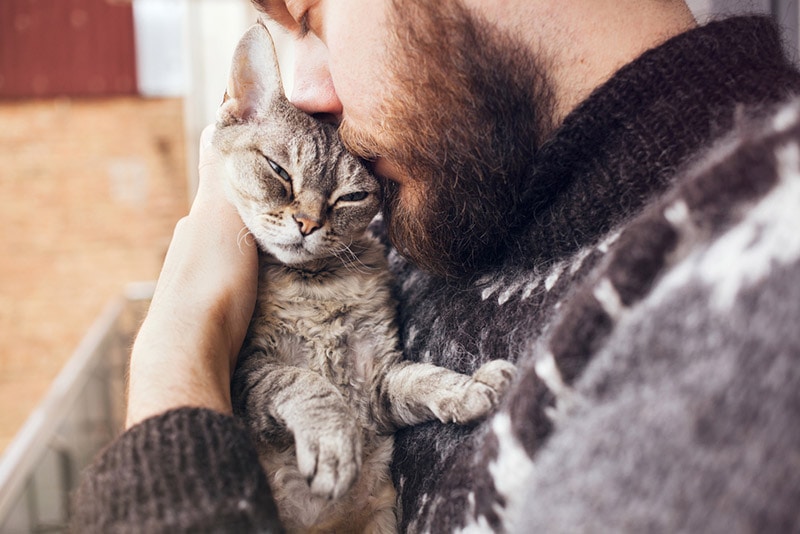
2. Thermoregulation
Felines, like humans, regulate their body temperature to keep it stable and adapt to the outside conditions. For example, if you work out or jog, you might notice your hands sometimes swell. This is because exercising makes your muscles produce heat. Consequently, the heart pushes blood toward the vessels closest to your body’s surface to get rid of some of the heat. This leads to sweating, but it may also cause hand swelling. That’s your body’s way of trying to cool itself down. Conversely, if you take a walk outside on a cold winter’s day, you might notice your fingers are colder. Your body is simply trying to keep your internal organs warm. It works the same way with cats.
Your pet’s ears may feel cold because the body is trying to conserve energy and heat by narrowing the blood vessels close to the skin and directing blood flow to their internal organs, away from the cooler, more exposed parts of the body. This constriction of the blood vessels helps to preserve core body temperature.
3. They’re in a Cold Place
Your cat’s ears might feel cool if they have just come in from the outdoors. It could happen if your pet was downstairs in a cold basement as well. Some felines like the feel of a cool breeze washing over them, even if it’s just the cool air coming from the air conditioning. Don’t worry, though. Cats can regulate their body temperature and keep it at stable levels. It’s all part of being a mammal.

4. Biology at Work
Cats’ ears don’t have a lot of fat to insulate them from the cold. Felines can move them somewhat freely to communicate and protect themselves. Their ears are also highly vascularized, meaning many little blood vessels exist within them. That allows animals to use them effectively for thermoregulation.
5. Frostbite
Let’s consider how cold a cat’s ears can get before it becomes abnormal. Ears being cold because of the ambient conditions is one thing. On the other hand, a cat experiencing frostbite shows more concerning signs, such as ear skin discoloration, blistering, swelling, pain, and heightened sensitivity to touch. After all, extreme weather conditions can damage your cat’s skin, causing painful and sometimes permanent injuries.
The cold causes the cat’s body to direct blood flow inward, making their ears even colder. Your pet’s ear and general health can deteriorate quickly, making prompt action critical. You should get your cat into a warm place. The signs of frostbite may take several days to appear, especially as the affected area is often small, such as the tip of the tail or ears. Severely frostbitten areas can become necrotic or die, turning a dark blue or black color. Then, over a period of several days to weeks, the damaged skin will slough or fall off. Sometimes there will be discharge due to a secondary bacterial infection. Your cat may scratch the ears or bite the tip of their tail since it’s a very painful condition. You shouldn’t rub their ears as this is likely to cause the ears more pain and damage due to their already fragile state. Let a warm room help your kitty recover and get in touch with a vet straight away.
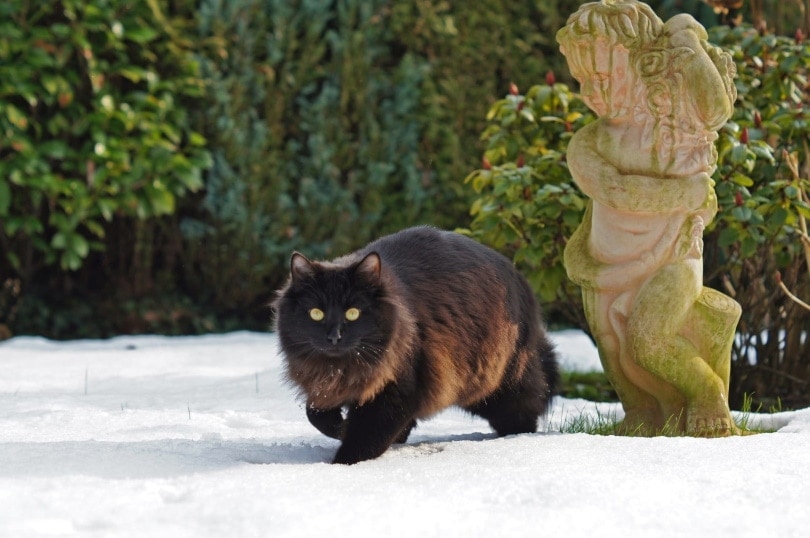
6. Hypothermia
A thick coat, especially if wet, will offer little to no protection in extreme weather conditions. Cold ears are the least of your worries for a cat left outdoors too long. Hypothermia causes your cat’s body temperature to fall below 100° F. Mild hypothermia is characterized by a body temperature of 90 – 99℉, moderate hypothermia 82 – 90° F, while severe hypothermia means the cat’s temperature has fallen below 82° F. This is an emergency! The cat responds just like you would—shivering to try to generate some body heat from muscle action. Left untreated, your pet will become lethargic, which can worsen the condition. Usually, prolonged exposure to cold air, especially with wet fur, or immersion in cool or cold water will lead to hypothermia. Other causes include shock, systemic infection, anesthesia, malnutrition, diseases of the hypothalamus (the area of the brain that regulates body temperature), and in kittens, the inability to thermoregulate for the first 4 weeks of their life.
As with frostbite, moving your cat into a warm place and drying the wet fur is a vital first step, during which time you should contact your vet and arrange for the cat to be seen immediately in cases of moderate or severe hypothermia or lethargy. Wrap the cat in a warm (but not hot) blanket or towel, and if possible, check your cat’s temperature so you can give your vet that information. On the way to your vet, you can use hot water bottles to make your cat a bit warmer, but ensure that they’re not too hot, either. If it feels hot and burns your skin, it will burn your cat, too. Most pets with mild hypothermia recover once their body temperature gets back to normal. Severe cases typically require more drastic action, such as warmed intravenous (IV) fluids, enemas, and oxygen.
7. Heart Disease
Sometimes, cold ears have nothing to do with extreme cold or thermoregulation. The problem may exist with your pet’s circulatory system. Cold ears aren’t a diagnostic sign. However, you may notice your cat doesn’t tolerate exercise as well as they once did, their appetite is reduced, they are lethargic and sleeping more, and/or their breathing seems faster than normal or labored. These signs in particular can indicate severe heart disease in cats that needs urgent treatment.
We recommend scheduling a vet appointment if you observe any odd behavior in your pet. Felines often hide signs of being sick until a condition has been going on for a while. It’s far better to play it safe than delay a visit.
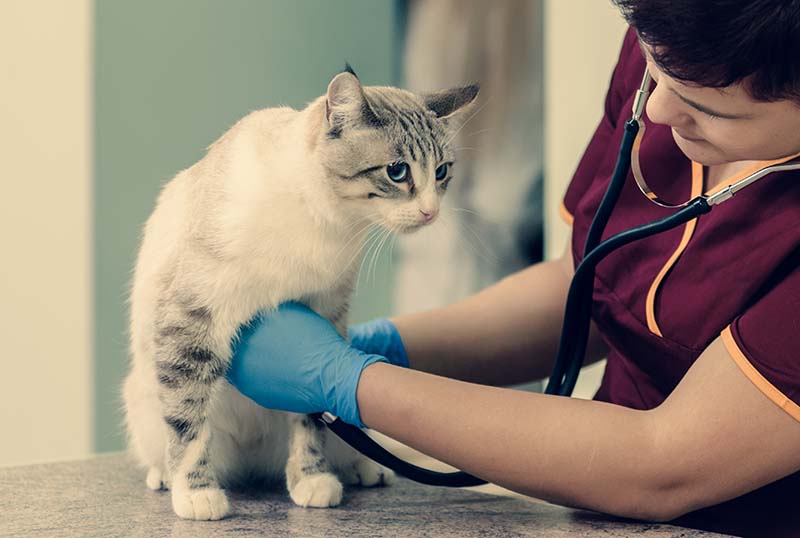
Keeping Your Cat Warm
While cold ears have mostly benign causes, you probably still want to ensure your pet is warm enough. Keeping your home at a normal household temperature year-round will go a long way. Other ways to make sure your cat is warm enough include an appropriately placed window perch. Putting one where your cat can enjoy the afternoon sun is the perfect solution.
You can also get an elevated bed or even a safe heated bed to keep your kitty snug and warm. We suggest placing it out of the way of doorways and drafts. Your pet’s internal furnace will also keep them comfortable.
If your cat goes outdoors and is very active, consider giving them some extra food, but in moderation to avoid them gaining extra weight. Burning more calories is an excellent way for them to stay warm outside.
Taking Your Cat’s Temperature
There are two ways to measure your cat’s temperature. One is by slowly inserting the tip of a digital rectal thermometer about an inch into your cat’s butt. Ensure that someone is holding the cat for this as they often wriggle, and put some water-based lubricant on the thermometer tip before insertion. Be gentle and do not force the thermometer if it is not progressing easily. Leave it in place until it beeps or for 1-2 minutes.
The second option is using the special type of thermometer that goes in your cat’s ear, also called a digital aural thermometer. No lubrication is needed for this one. Insert the thermometer gently into the horizontal ear canal by holding it at a 90° angle with the cat’s head. If your cat resists or seems to be in pain, do not force it as you might injure their ear canal or ear drum.
If your cat is not staying still for either method and you cannot take their temperature safely, do not continue trying as this may lead to an injury to your cat or get you scratched or bitten. Call your vet if the temperature is below 99° F or above 103° F, or if you see evidence of blood, diarrhea, or a black, tarry stool on the thermometer.
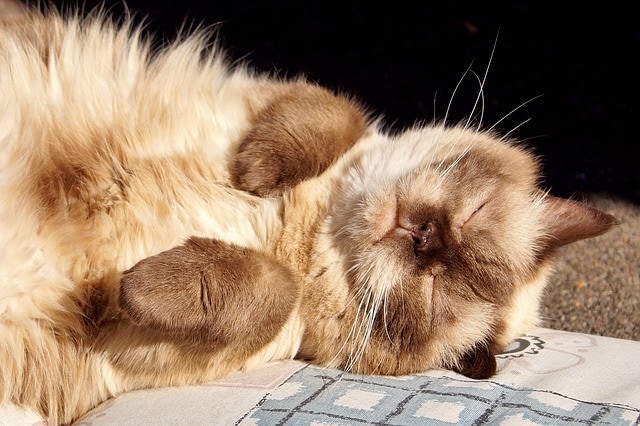
Final Thoughts
Often, cold ears aren’t a cause for concern. It could simply be your cat regulating its core temperature in response to the conditions around them. However, you should look for other signs of illness or injury, particularly if you notice any changes in your cat’s behavior or a loss of appetite. Of course, keeping your pet indoors during cold and wet winter months and extreme weather is the best prevention for external causes, like frostbite or hypothermia.
Featured Image Credit: effective stock photos, Shutterstock





